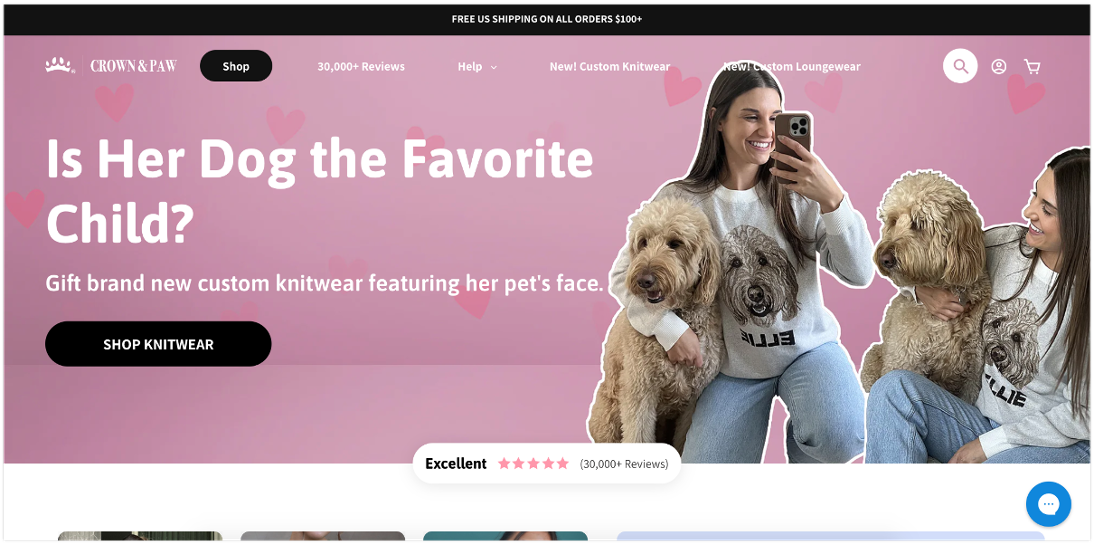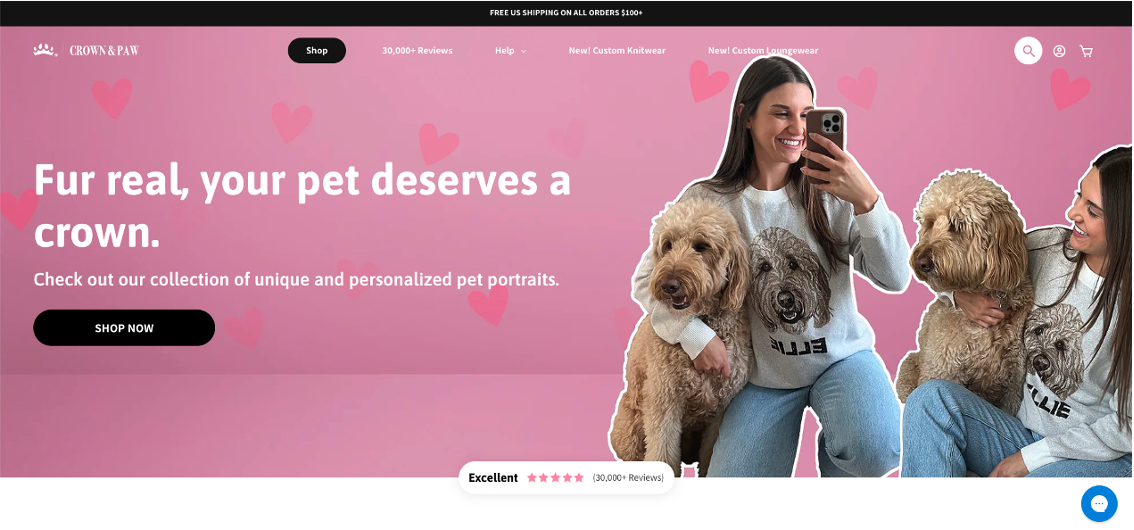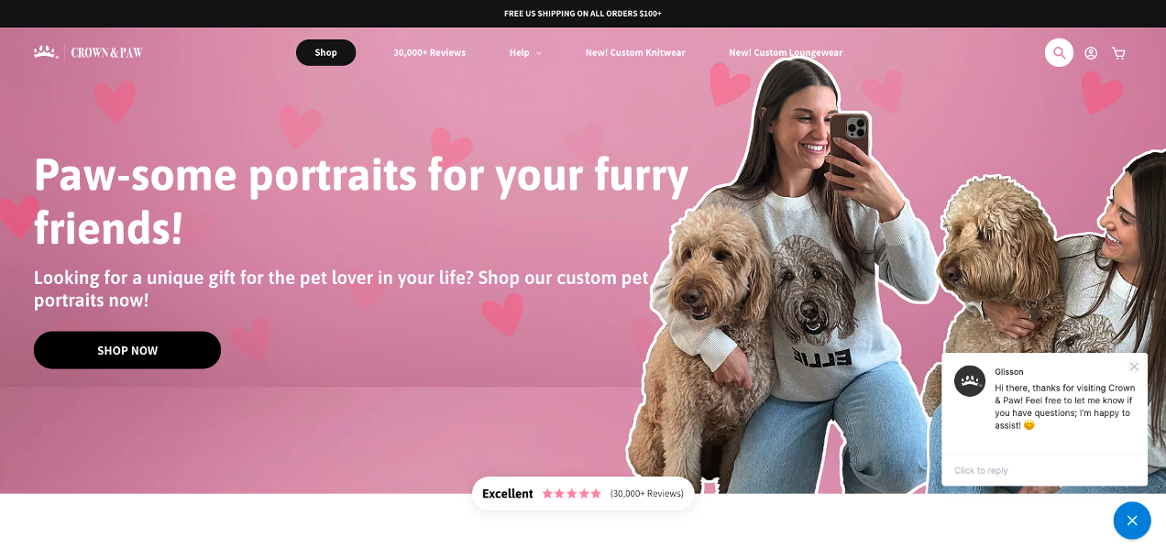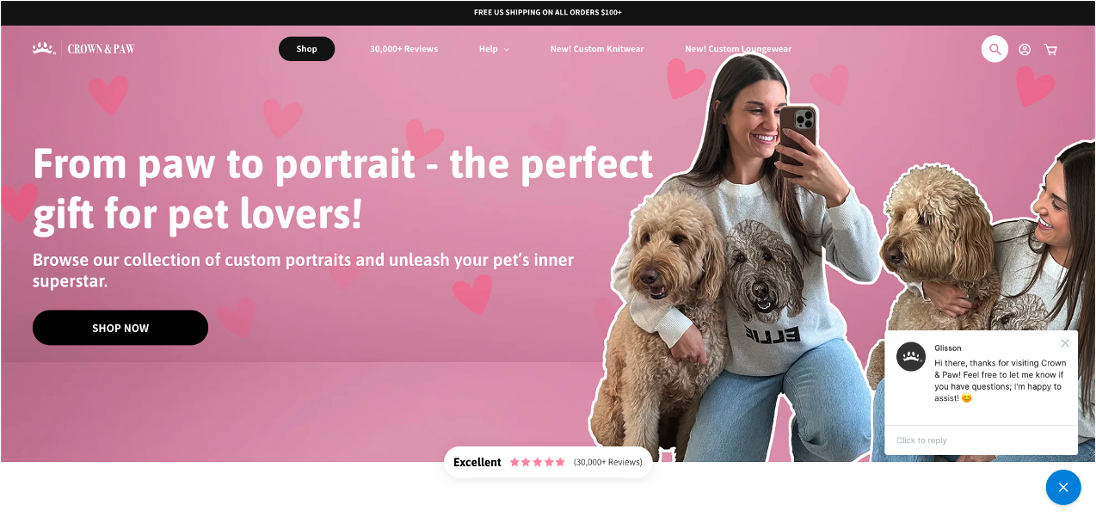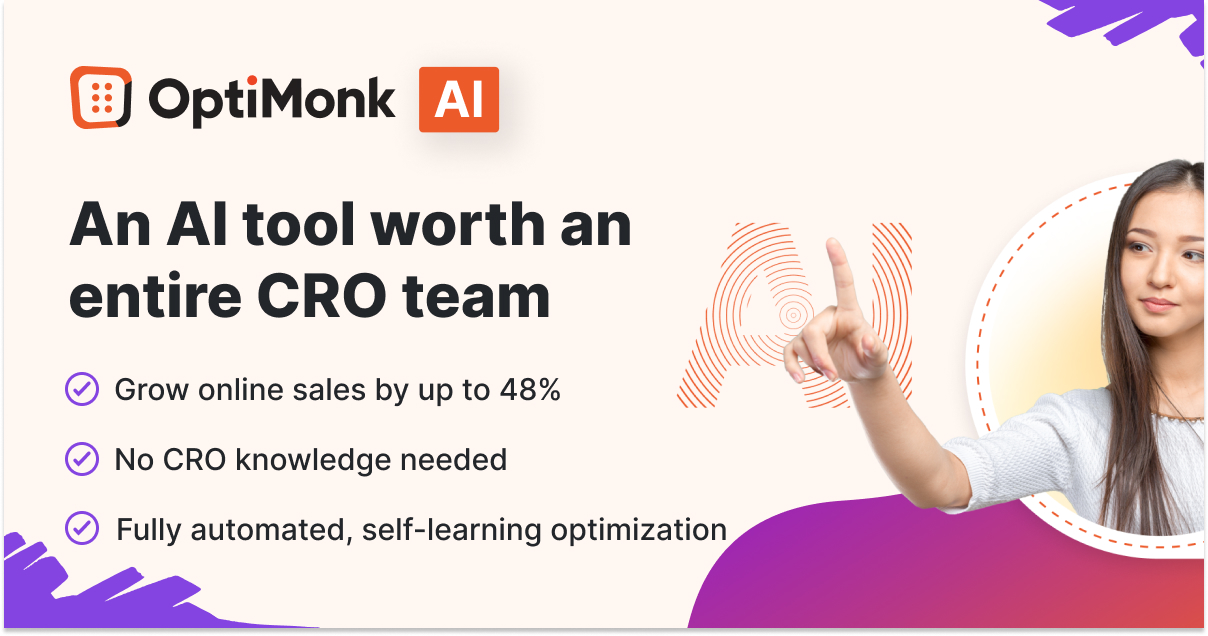The online shopping landscape is evolving at a lightning-fast pace, shaping the way we browse, select, and purchase products online.
Whether you’re a small business owner, a digital marketer, or simply a tech-savvy shopper, staying ahead of the latest ecommerce trends is essential.
In this article, we’ll share the biggest ecommerce trends that are defining 2025, from the seamless integration of artificial intelligence to the rise of instant delivery services.
Understanding the latest ecommerce trend is crucial as we explore how subscription models, fast and free delivery, artificial intelligence, marketing automation, social commerce, flexible payment options, and influencer marketing are revolutionizing customer engagement and the shopping experience.
Let’s dive in.
Biggest trends shaping ecommerce businesses in 2025
Let’s explore the major trends that are revolutionizing the ecommerce industry this year, starting with the integration of augmented reality into online shopping.
1. Augmented reality shopping
Augmented reality (AR) is changing the game by letting customers see exactly how products would look in their own space before hitting the ‘buy’ button.
Imagine trying on sunglasses or visualizing a new sofa in your living room through your phone.
It’s all about making shopping experiences more real, without the need to step into a brick-and-mortar store. This tech is only getting better and more widespread, making it a big win for customer satisfaction.
2. Voice shopping
Talking to devices isn’t just for setting alarms or getting weather updates anymore. Now, you can shop with just your voice.
Voice commerce leverages AI-powered assistants like Amazon’s Alexa, Google Assistant, and Apple’s Siri to make shopping as simple as speaking out loud.
Whether it’s reordering household staples, searching for a new book, or even browsing the latest fashion trends, all you have to do is ask.
This hands-free convenience is ideal for multitaskers and those on the go, offering a seamless, efficient way to shop without ever needing to pick up a device or sit at a computer.
As more households adopt smart speakers and as mobile devices continue to support sophisticated voice applications, the adoption of voice shopping is expected to soar.
3. Personalization
Leveraging customer data is pivotal in understanding and capitalizing on ecommerce trends, as it allows businesses to evaluate customer behavior, preferences, and trends effectively.
Everyone likes to feel special, right? That’s where a personalized shopping experience comes in.
Online retailers are getting better at tailoring the browsing and buying experience to individual tastes and preferences.
From product recommendations to personalized emails, shopping online is increasingly about keeping things relevant to you.
Personalized product recommendations are one of the best ways to convert visitors into buyers. Check out how Craft Spirit Shop used personalized exit popups to promote relevant products.
Imagine you’re browsing the Craft Spirit Shop website, eyeing that bottle of Buffalo Trace Bourbon.
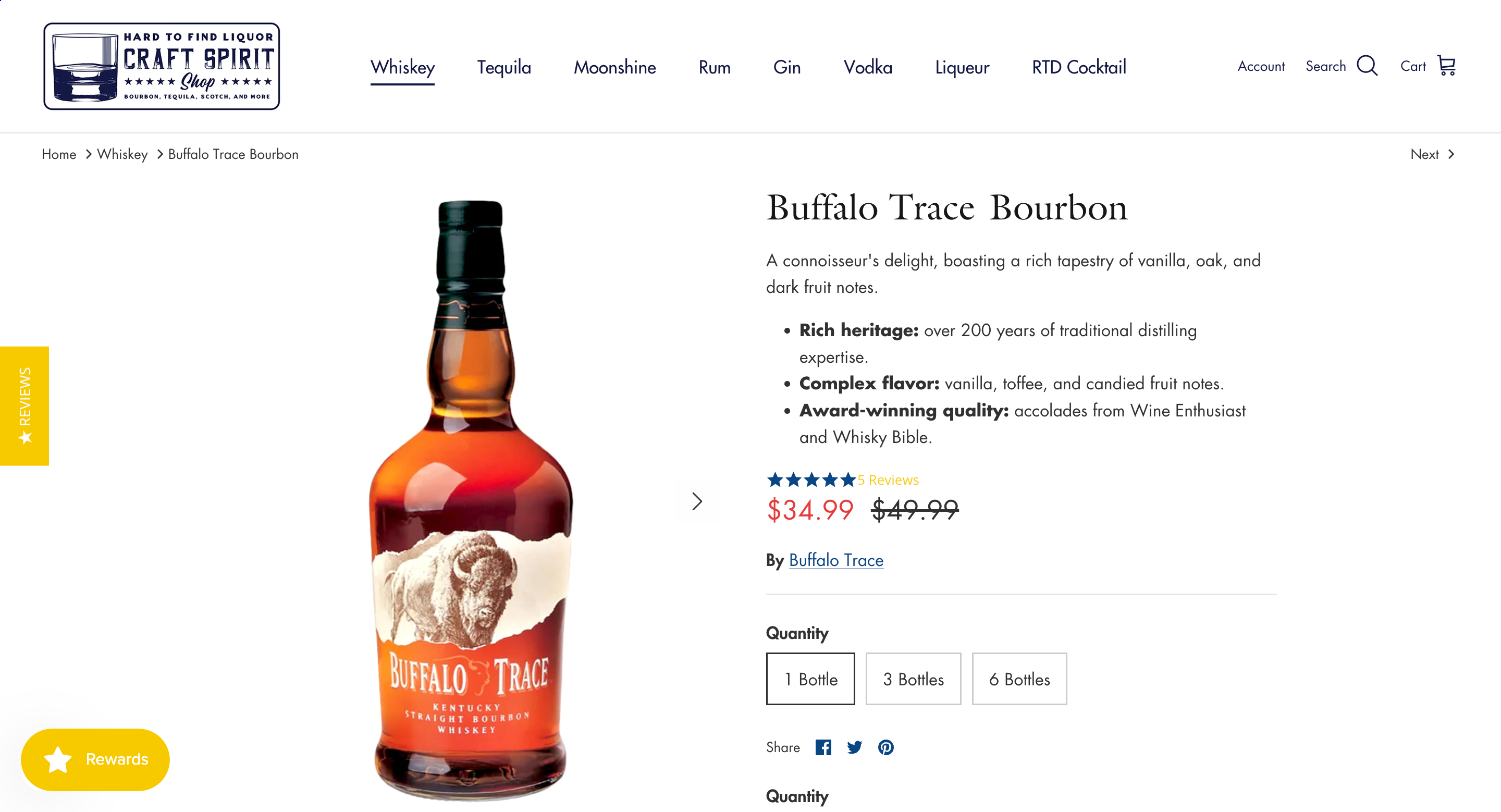
Suddenly, a popup appears, recommending other award-winning bourbons that are sure to tickle your taste buds.
It’s like having a knowledgeable friend guiding you through the virtual aisles, pointing out all the best picks.
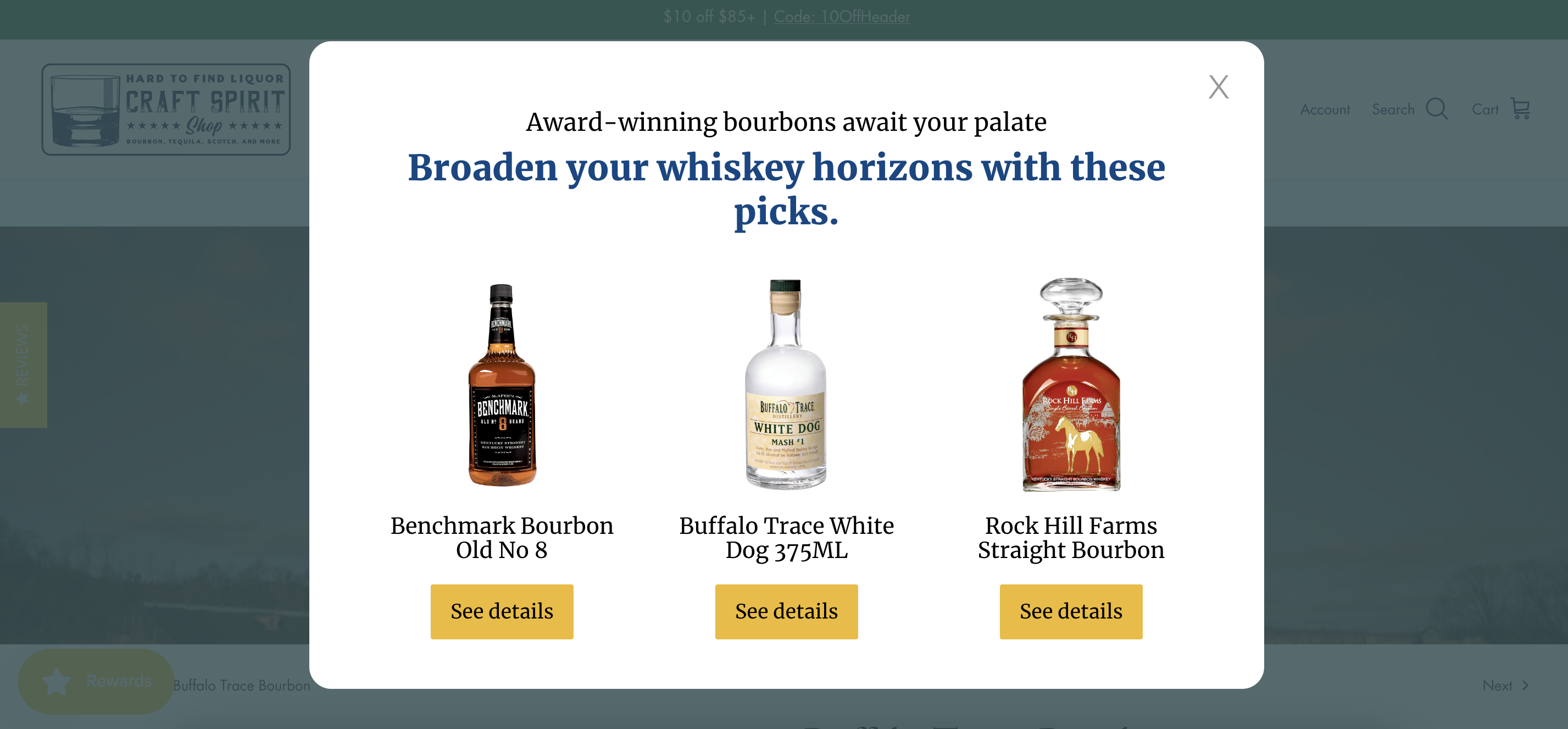
But those visitors who browse the Blue Chair Bay Kenny Chesney Key Lime Rum Cream page…
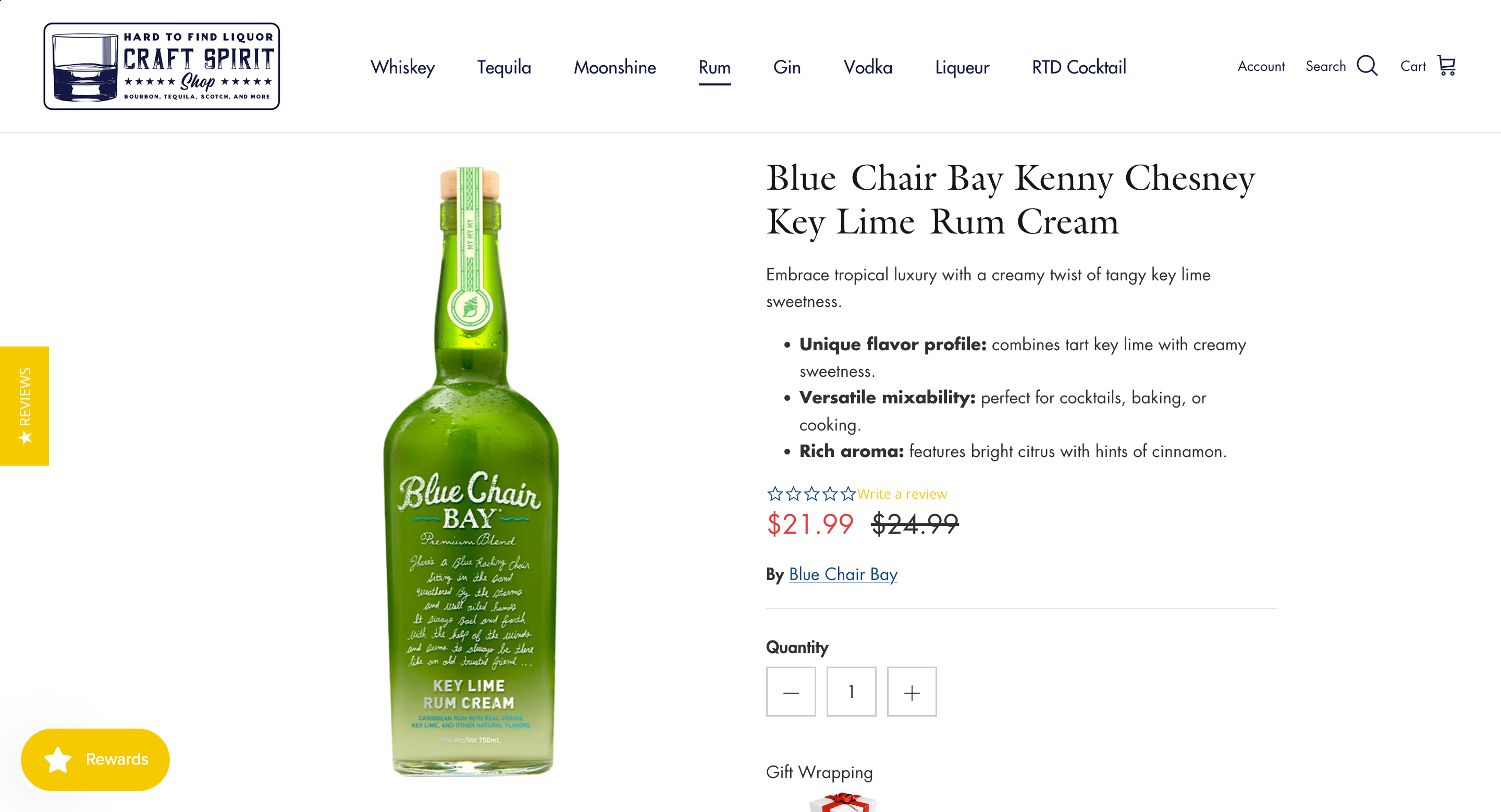
…they see a similar popup but now suggesting refreshing tropical rums perfect for a beachside getaway.
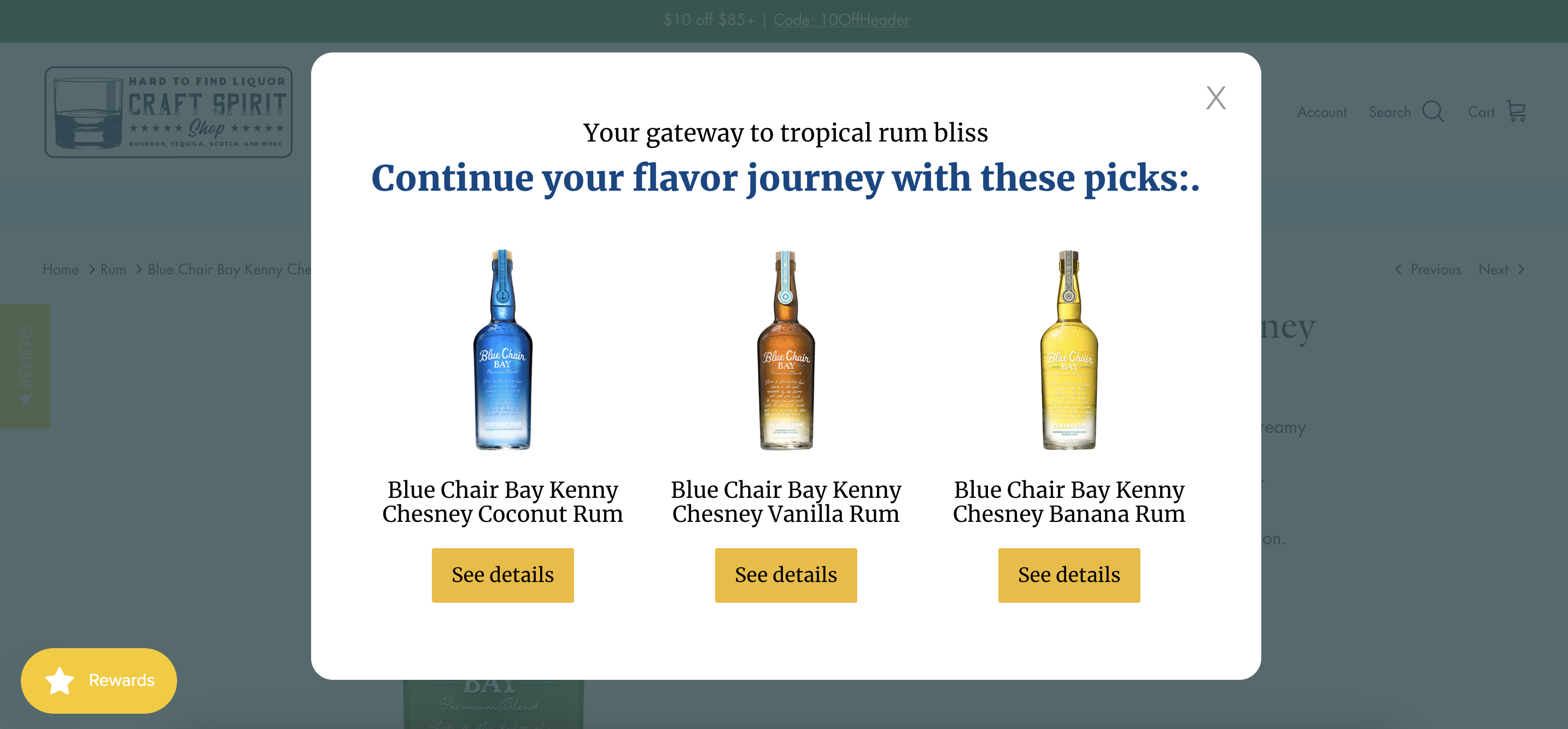
Those personalized product recommendations aren’t just a nice touch—they’re a game-changer for conversion rates. Craft Spirit Shop saw a 38.5% increase in purchases.
4. Instant and same-day delivery
Waiting is so yesterday. Instant and same-day delivery options are popping up everywhere, making online shopping nearly as immediate as buying from a store.
If you can offer quick delivery, you’ve got a clear edge in grabbing customer attention and closing sales faster.
But how can online retailers make this speedy delivery dream a reality? Here are a few ideas:
- Local warehouses or distribution centers: Setting up local warehouses or distribution centers strategically located near major population centers can significantly reduce delivery times. By storing inventory closer to customers, retailers can fulfill orders quickly and efficiently, minimizing transit time.
- Partnering with delivery services: Teaming up with third-party delivery services or courier companies specializing in same-day delivery can be a game-changer. These partners have the infrastructure and expertise to execute fast deliveries, allowing retailers to offer expedited shipping options without shouldering the entire logistical burden themselves.
- In-house delivery fleet: Some retailers are taking matters into their own hands by establishing their in-house delivery fleets. This approach gives them full control over the delivery process, allowing for greater flexibility and faster turnaround times. However, it requires significant investment in vehicles, personnel, and logistics management.
- Real-time inventory management: Having accurate, real-time inventory data is crucial for enabling same-day delivery. Retailers need to invest in robust inventory management systems that track stock levels accurately and update in real time. This ensures that customers can only order items that are in stock and ready for immediate dispatch.
5. Social commerce
Shopping via social media platforms like Instagram and Facebook is getting more traction.
It’s simple: see something you like in a post or a story, and buy it right there—no need to leave the app.
Social commerce combines convenience with our love for social media, making it a powerful sales channel.
6. Subscription models
From meal kits to skincare, subscriptions are everywhere. The subscription service model offers convenience and often, a better price.
It’s a win-win: businesses get steady revenue, and customers get what they need on repeat without having to think about reordering.
7. A/B testing
What better way to find out what works best than testing it? A/B testing isn’t new, but it’s becoming more essential as competition heats up.
Ecommerce stores are continuously testing everything from home pages and product pages to checkout processes to see what versions perform better.
Even small changes, like tweaking the color of a call-to-action button or adjusting the wording of a headline, can have a significant impact on user behavior and ultimately, ecommerce sales.
Take Crown & Paw, for example. This pet-themed ecommerce store decided to put A/B testing to the test on their homepage. They crafted four different headlines, each designed to tug at the heartstrings of their target audience: pet lovers.
By rotating these headlines and tracking the results, they were able to identify which one resonated most with their visitors.
The outcome? A 16% increase in orders for Crown & Paw. That’s the power of A/B testing in action—making data-driven decisions that directly impact the bottom line.
But A/B testing isn’t just a one-time exercise. It’s an ongoing process of refinement and optimization. As consumer preferences evolve and market trends shift, what works today might not work tomorrow.
That’s why savvy ecommerce businesses are continuously experimenting, tweaking, and testing to stay ahead of the curve.
8. User-friendly popups
Love them or hate them, popups can be really effective—if they’re done right.
More ecommerce sites are using smart, user-friendly popups that aren’t annoying. Think of well-timed discount offers or sign-up forms that are easy to close if you’re not interested.
Get started with these ready-to-use popup templates:
9. AI-driven conversion rate optimization
Lastly, artificial intelligence (AI) is stepping up to help ecommerce stores convert more visitors into buyers.
AI plays a crucial role in understanding how a customer shops, analyzing buying patterns and preferences to offer tailored shopping experiences.
AI tools can optimize websites in real-time, making sure that potential customers find what they’re looking for and hit that buy button.
Traditionally, optimizing conversion rates involved manual testing, tweaking, and analyzing—a time-consuming process that often yielded mixed results. But with the help of AI, ecommerce businesses can save valuable time and effort while making smarter, data-driven decisions.
OptiMonk AI is a cutting-edge CRO platform designed to automate processes like A/B testing and personalization to maximize your website conversions.
It is built for marketers looking for new, data-driven ways to improve the efficiency of their marketing without having to hire a CRO team.
FAQ
What are the top ecommerce trends driving the industry in 2025?
Some of the top ecommerce trends shaping the industry include the rise of AI-driven personalization, the growth of social commerce, the increasing importance of sustainability, the adoption of augmented reality (AR) for immersive shopping experiences, and the expansion of voice commerce.
The rise of mobile shopping underscores the sector’s shift towards m-commerce, reflecting the growing number of consumers who prefer to shop through their mobile devices. Catering to the diverse needs of online shoppers is essential, with trends focusing on improving payment options, delivery speeds, and personalized shopping experiences.
How is AI impacting ecommerce in 2025?
Artificial intelligence (AI) is revolutionizing the ecommerce world by enabling personalized shopping experiences, predictive analytics for inventory management, chatbots for customer service, and visual search capabilities. AI-driven personalization is enhancing customer engagement and driving higher conversion rates.
How can an ecommerce brand stay ahead of these ecommerce trends?
To stay ahead in the competitive ecommerce industry, ecommerce brands should prioritize investing in technologies like AI, AR, and voice commerce to enhance the customer experience, leverage social media platforms for social commerce initiatives, incorporate sustainable business practices into their operations, and continuously adapt to evolving customer preferences and behaviors.
Wrapping up
There you have it—nine new ecommerce trends that are making waves in 2025. Whether you’re shopping or selling, staying ahead of these ecommerce trends can make all the difference.
Ready to dive in? Your ecommerce adventure is just beginning!

